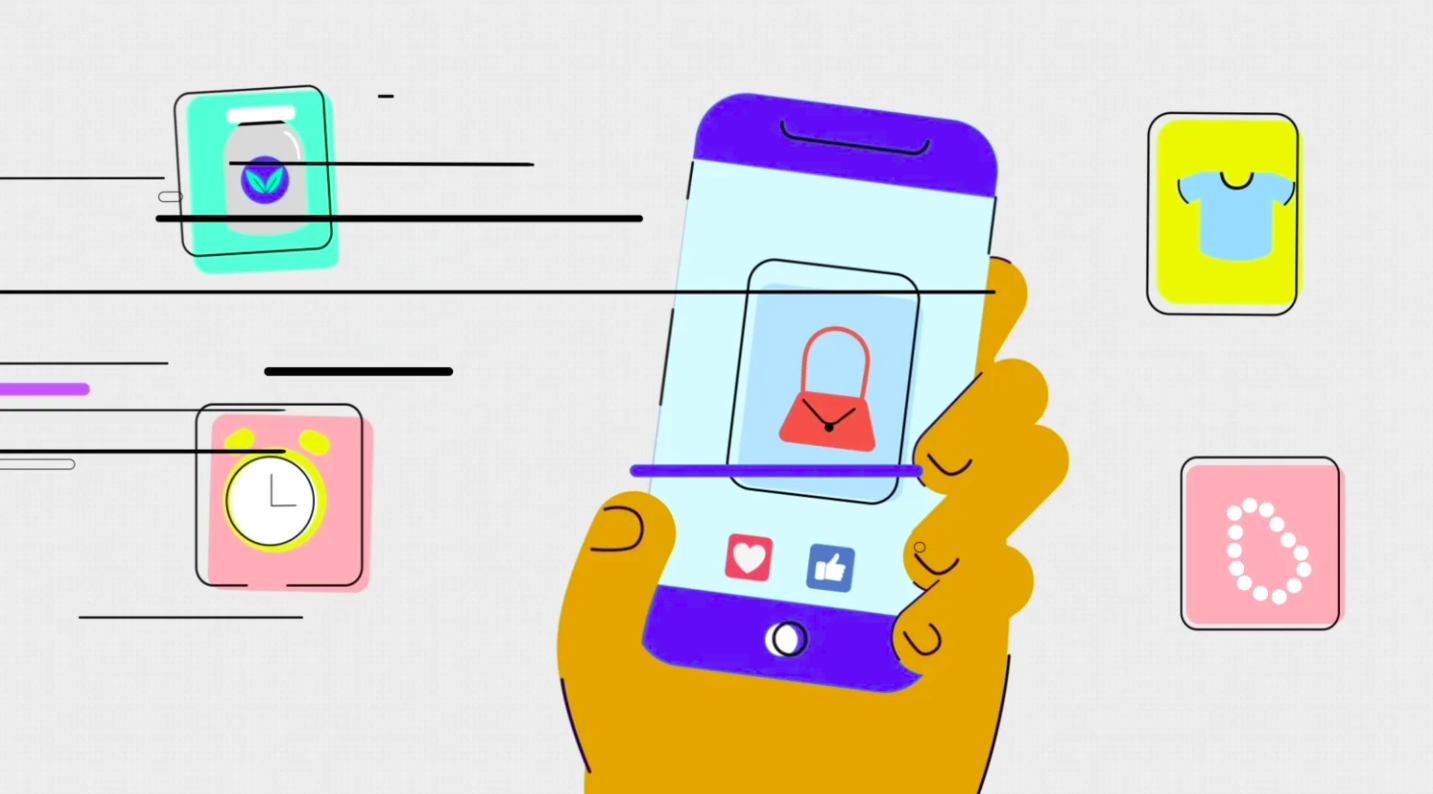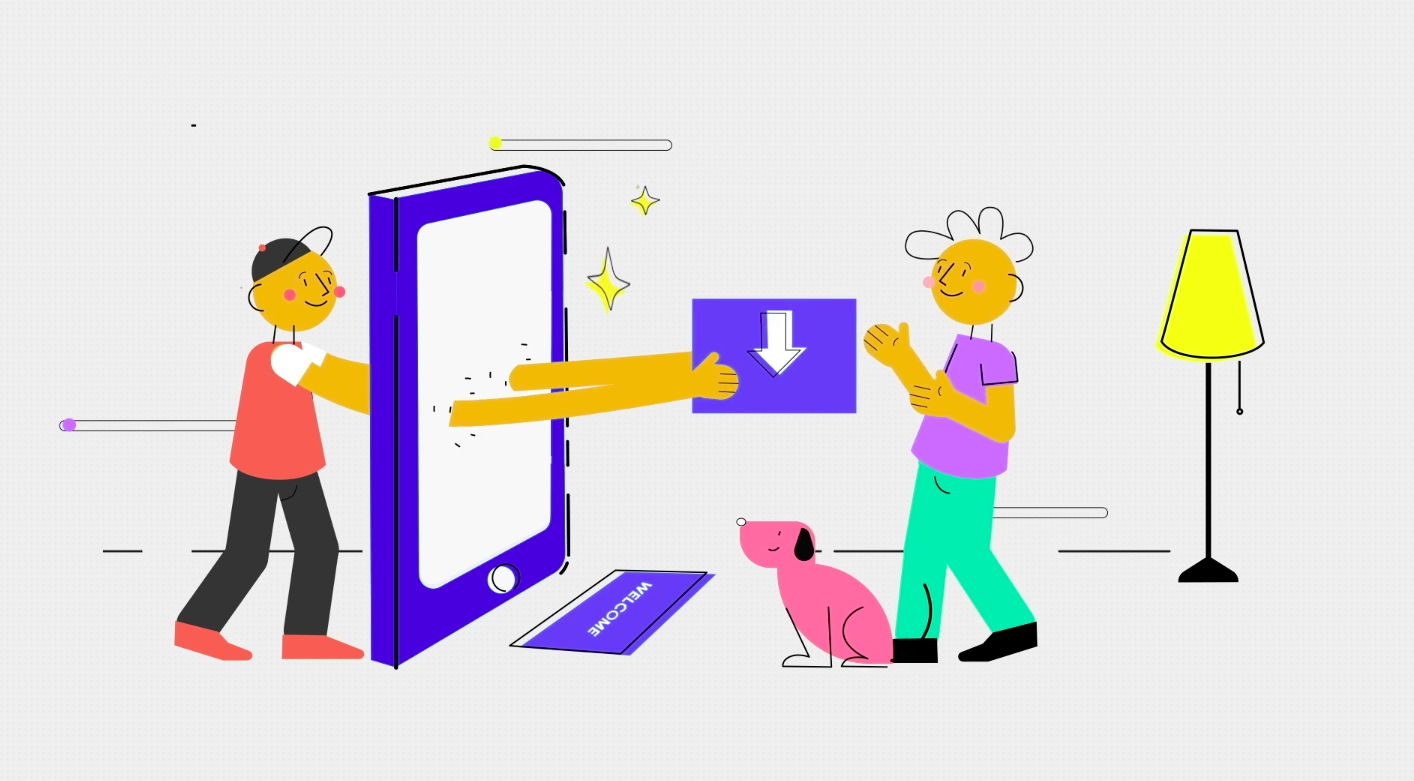
Financial customer loyalty is the next normal
COVID-19 has digitalised banking services and communications. Post-pandemic, that means there’ll likely be a greater onus on evaluating consumers’ needs – and meeting them where they are.
In the pandemic age, long-term consumer behaviour and brand loyalty has been interrupted. Amid the disruption, people have turned to the disruptors. In finance, it’s led to digital services making huge gains. It goes further than the rise of neobanks and online payments. The way people discover and evaluate financial products has also evolved – it’s increasingly becoming a digital journey.
As markets continue to recover, and we all anticipate a post-pandemic future, the challenge for financial marketers is understanding which consumer trends and behaviours are likely to stick in the “next normal.”
The new rules of financial loyalty
Disrupted financial brand loyalty isn’t necessarily a new trend. Recent regulations and innovations have fundamentally changed the way traditional services engage with customers. For example, GDPR has given users control of personal data and marketing permissions, impacting brands’ ability to build customer loyalty. Meanwhile, Open Banking solutions have enabled the growth of more digital-first disruptor brands, increasing competition while raising consumer expectations of experience, service and communications.
The pandemic has accelerated these pre-existing customer loyalty shifts. Furthermore, it’s also changing the way financial services interact with consumers. Pre-pandemic, direct and email marketing were the typical ways that brands communicated to existing customers. However, beyond the rise of mobile banking, we’ve seen a growing trend in consumers using the Facebook Family of Apps (FFOAS) to discover financial services – which is unsurprising given 24% of total commercial media day is spent with FFOAS amongst young adults.
Powered by the pandemic, this shift in discovery and evaluation to platforms like Facebook provides financial service brands a new, more immersive and personalised way to engage customers in a channel of their choice.
Case study: NatWest success story
Since 2018, NatWest has worked closely with Facebook in reaching existing customers with new offers. Previously utilising direct and email marketing to contact account holders suitable for a loan, NatWest sometimes struggled to get sufficient reach.
However, through the use of Facebook’s custom audience solution, NatWest was able to target customers eligible for a loan and deliver timely and relevant messages on Facebook and Instagram.
The results
Through adopting the right message, delivered at the right time to the right person using FFOAS, NatWest was able to transform its loans strategy, reaching 30% more customers which led to a 47% increase in loan sales year-on-year. Now an established channel, it generates 60% of all digital loans across Facebook and Instagram.
“Facebook has been a key channel for delivering such a huge increase in loan acquisition amongst our existing customers,” said Calum Sutherland, Head of Digital Performance Retail at NatWest Bank. “We’ve been able to significantly increase our reach at a market-leading cost per action.”
3 key takeaways for all marketers
- Amid rising competition, there’s a growing need to ensure brands are seen and can connect with their customers through relevant channels. Understanding where and how people spend their time is an essential to brands being able to influence buying decisions. Right place, right time.
- Email and direct marketing remain a core part of any company’s customer relationship strategy but, with the shift to digital and mobile, brands should continually evaluate the needs of their customers to ensure they remain relevant – and meet them in the channel of their choice.
- Consumer support during and after a pandemic looks different. But by understanding your audience – and by tailoring your communications to their specific needs – financial brands will have a better chance at maintaining customer loyalty.









